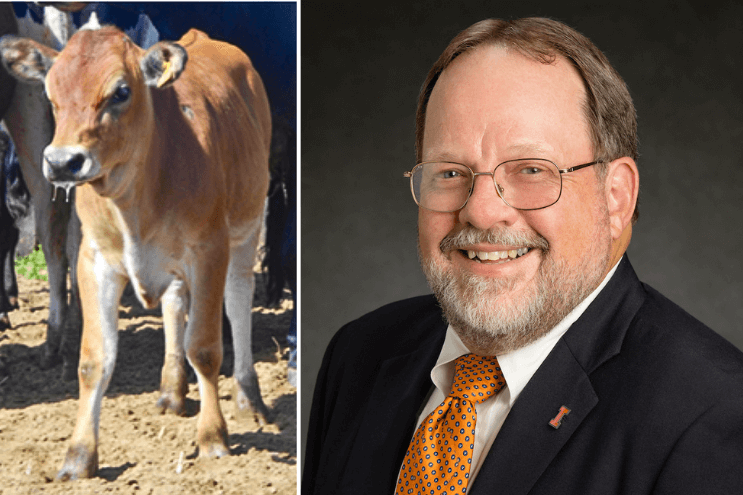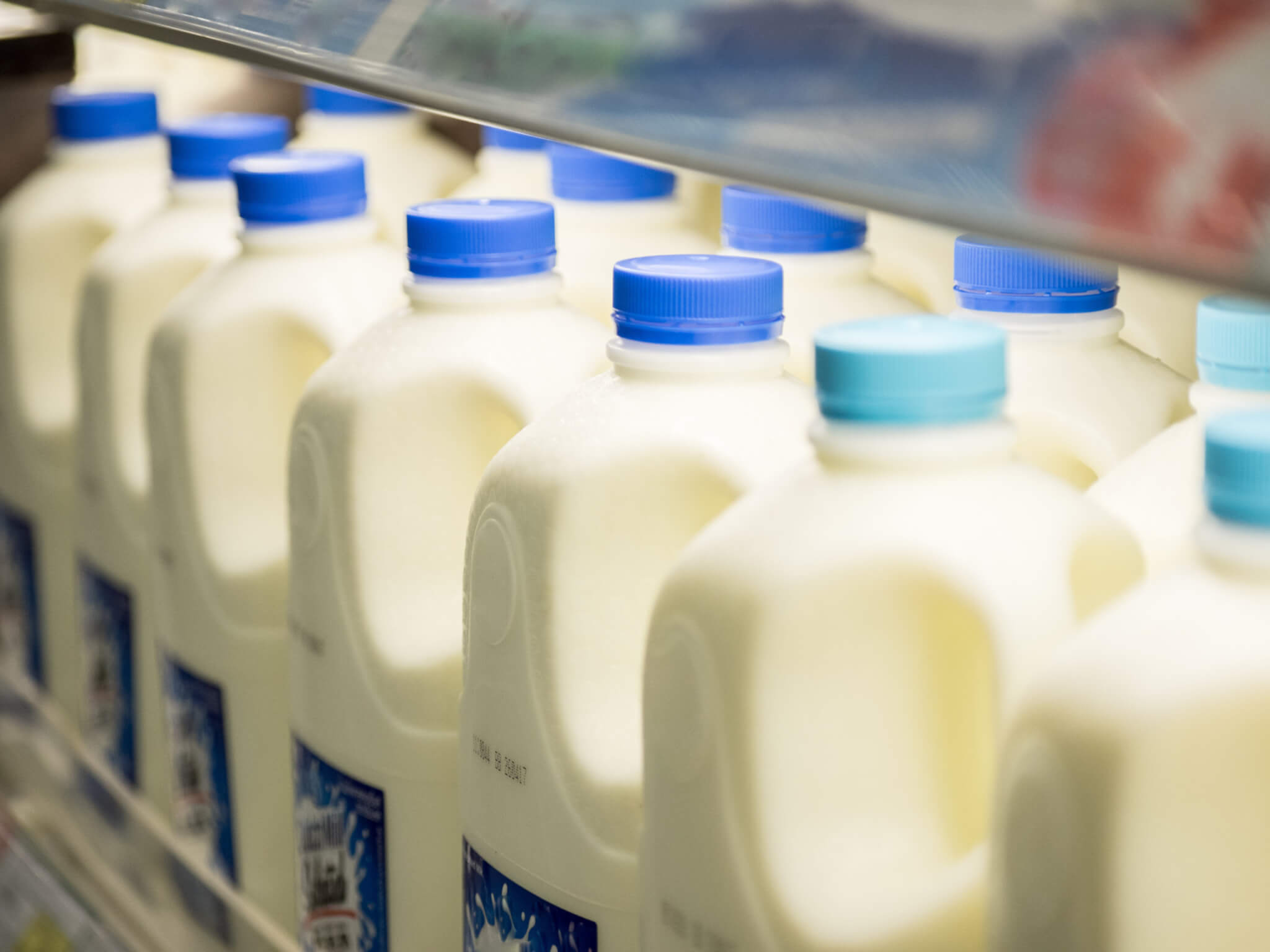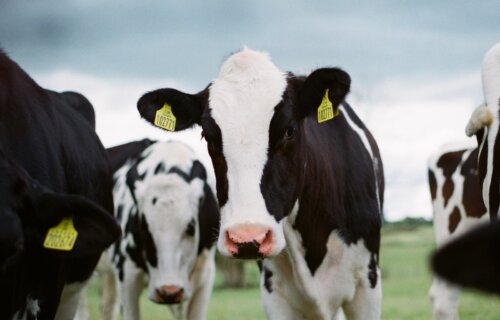💡What To Know:
- Scientists genetically engineered a cow to produce milk that contains human insulin.
- The process could soon make insulin cheaper and more accessible.
- 38.4 million people in the U.S. have diabetes, according to the CDC.
- 97.6 million U.S. adults have prediabetes.
CHAMPAIGN, Ill. — Could cow’s milk end up curing diabetes? A team of international researchers from the University of Illinois Urbana-Champaign and the Universidade de São Paulo have genetically modified a brown cow in Brazil to produce human insulin in her milk. This marks a pivotal moment in the quest to make diabetes treatment more accessible and affordable for millions worldwide.
“Mother Nature designed the mammary gland as a factory to make protein really, really efficiently. We can take advantage of that system to produce a protein that can help hundreds of millions of people worldwide,” says study lead author Matt Wheeler, a professor in the Department of Animal Sciences, part of the College of Agricultural, Consumer and Environmental Sciences (ACES) at the University of Illinois, in a media release.
This innovative approach could potentially eradicate the issues of insulin scarcity and the financial burdens associated with diabetes treatment.
For the study, published in Biotechnology Journal, researchers integrated a human DNA segment responsible for making proinsulin — a precursor to insulin — into the embryos of cows. Through advanced genetic engineering techniques, they ensured that this human insulin gene would only be active in the mammary tissues, preventing any insulin from entering the cow’s bloodstream and focusing production solely on the milk.

This precision in genetic engineering marks a significant departure from earlier methods.
“In the old days, we used to just slam DNA in and hope it got expressed where you wanted it to,” explains Wheeler. “We can be much more strategic and targeted these days. Using a DNA construct specific to mammary tissue means there’s no human insulin circulating in the cow’s blood or other tissues. It also takes advantage of the mammary gland’s capabilities for producing large quantities of protein.”
The breakthrough came when the genetically modified cow, after reaching maturity, produced milk containing not just proinsulin but also insulin itself. This development was initially unexpected, as the goal was to purify proinsulin into insulin externally. Yet, the cow’s mammary gland autonomously processed the proinsulin into active insulin, underlining the “magical” efficiency of this natural system.

Despite the lower than anticipated milk yield, due to hormonal induction rather than natural lactation, the presence of insulin and proinsulin in the milk was clear. Wheeler’s calculations suggest a staggering potential for insulin production: if a cow could produce one gram of insulin per liter of milk, and considering a typical dairy cow’s output, the insulin yield could be monumental.
Looking ahead, researchers aim to refine their technique through re-cloning and optimizing the cow’s lactation process. The ultimate vision is to create a specialized herd of transgenic cows, a move that could vastly outpace current insulin production methods using yeast and bacteria. This approach not only promises an abundant supply of insulin but does so using existing dairy infrastructure, without the need for high-tech facilities.
“I could see a future where a 100-head herd, equivalent to a small Illinois or Wisconsin dairy, could produce all the insulin needed for the country,” notes Wheeler. “And a larger herd? You could make the whole world’s supply in a year.”
Before this vision becomes reality, however, there are hurdles to overcome, including perfecting the insulin extraction and purification process and obtaining FDA approval.
